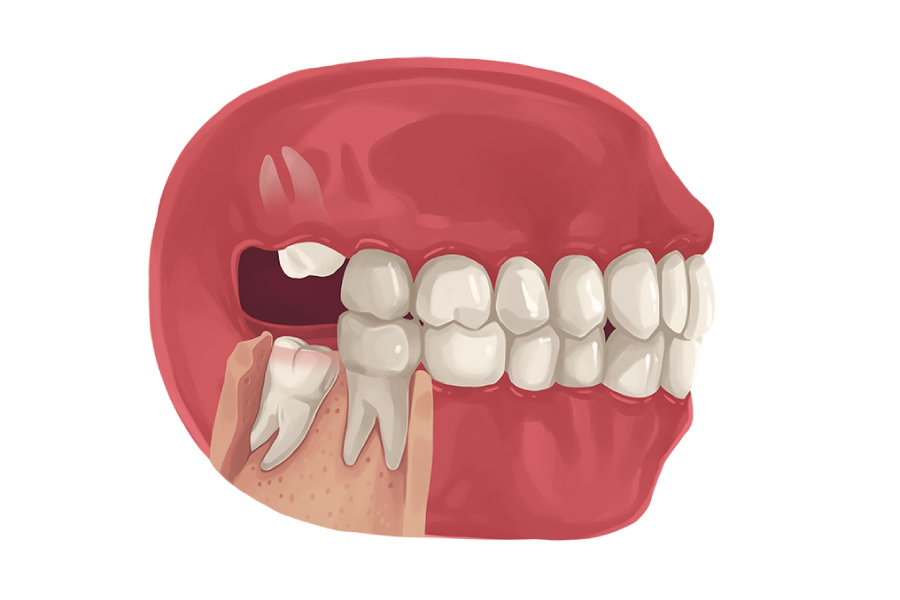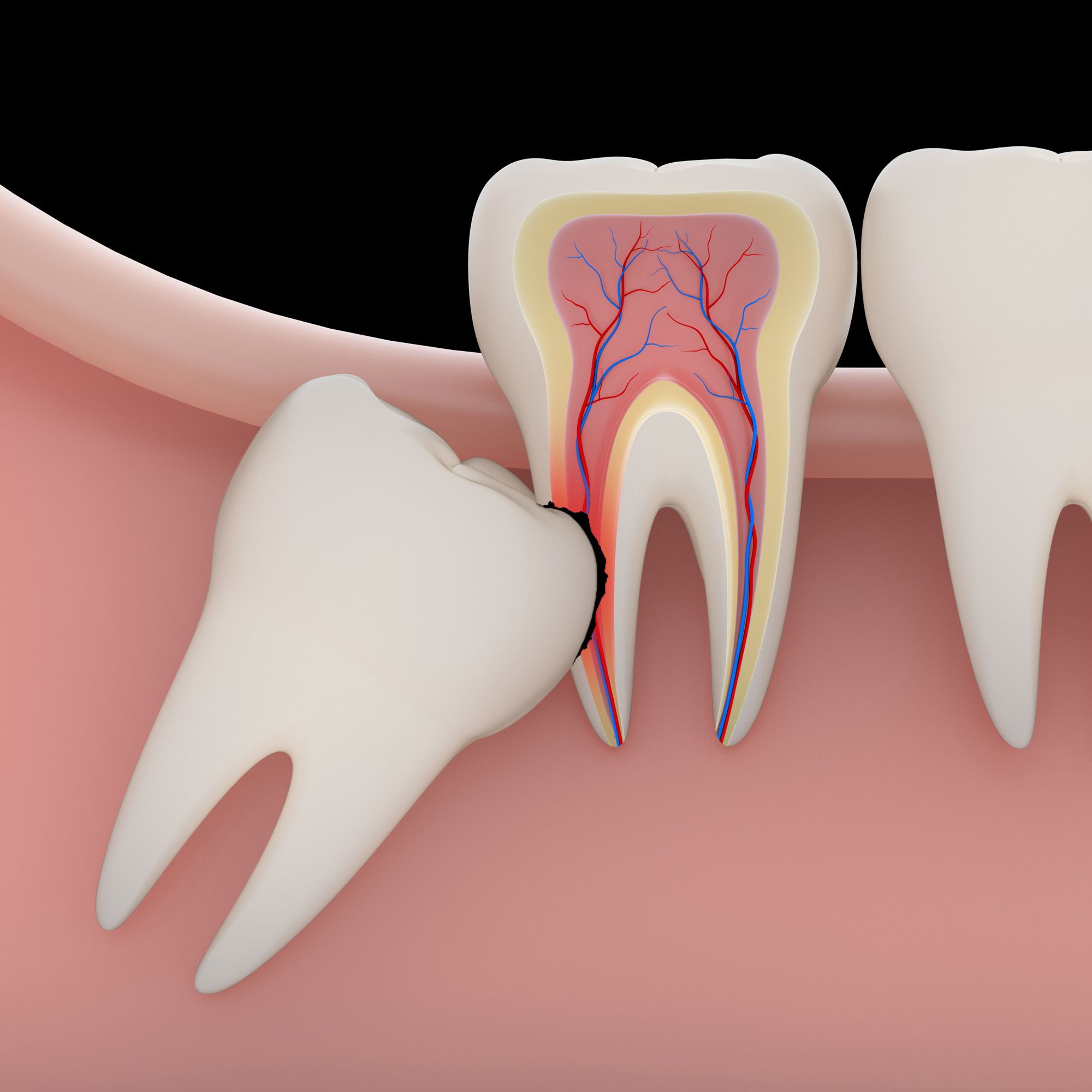
You can also come up with innovating ways to pull out their teeth as a way of letting them know that all will be ok. The best thing is to explain to them that it’s all natural. The canines and molars will fall out when your child is around the age of 12 and 10.Ĭhildren react differently to losing their teeth some will be very excited while others might find it scary and uncomfortable. Usually kids will lose their bottom incisor 4 teeth and top incisor 4 teeth between the ages of 6 and 8. Genetics are an important factor in determining when a child’s teeth start falling out and when their permanent teeth start coming in. When Does Your Child Start Losing Wisdom Teeth Before adulthood, you can expect your child to lose all their baby teeth between the ages of 6 and 12.ĭuring this same period, you can expect your child to experience the growth of permanent teeth, that is, 6-year molars, wisdom teeth, and 12-year molars. However, this couldn’t be further from the truth. They also have thinner enamel and dentine so are more prone to wear, and have relatively large pulp chambers and small delicate roots.Many first-time parents think that just because their child has had an eruption of 2-year molars the baby teething journey is over.

Primary teeth are smaller, have more pointed cusps and are a whiter colour than permanent teeth. How are primary teeth different from permanent (adult) teeth? Primary teeth are usually replaced by adult teeth between the ages of 6 and 12. When do children start losing their primary teeth? The adult dentition is therefore made up of four incisors, two canines, four premolars and six molars in each jaw.

The 12 adult molars erupt (grow up from the gums) behind the primary teeth and do not replace any giving a total of 32 teeth. In adult dentition (the second set of teeth) the 8 primary molars are replaced by the premolar (or bicuspid) teeth. The diagram below shows where the teeth grow in the mouth: Incisors bite pieces of food, canines hold and tear food apart and molars grind food. These are made up of: four incisors, two canines and four molars in each jaw. The primary set of teeth consists of 20 teeth. How many teeth do children have, and what are their different types and functions? Teeth tend to erupt in parallel, so for example the top molar on the left side should grow in at about the same time as the top molar on the right. Children should have their complete set by 3 years old. Primary teeth start to form when the baby is in the womb, but start to come through the gums (erupt) when the child is between 6 – 12 months old. When do the first teeth start coming through? They are the first set of teeth we receive and will eventually fall out and be replaced with a second set. Typically incisors, canines and premolars will have one root whereas molars will have two or three.Ĭhildren’s deciduous teeth are also called baby, milk or primary teeth. The number of roots for each type of tooth varies. They erupt from the age of 18 onwards but are often surgically removed. Wisdom teeth are also called third molars. They are used exclusively for crushing and grinding. Each molar typically has four or five cusps. Molars are the flat teeth at the rear of the mouth. They are used for holding and crushing food. Each premolar generally has two cusps, hence the name bicuspid.
#Molar teeth series#
Premolars (bicuspids) and molars have a series of elevations (points or ‘cusps’) that are used for breaking up particles of food. The canines (or cuspids, meaning a tooth with a single point) are on either side of the incisors. The biting section of an incisor is wide and thin, making a chisel-shaped cutting edge. They are used for cutting, tearing and holding food. The incisors are the middlemost four teeth on the upper and lower jaws.

If wisdom teeth have been removed there will be 28 teeth. This is made up of four incisors, two canines (or cuspids), four premolars (or bicuspids), four molars and two wisdom teeth (also called third molars) in each jaw. The permanent dentition consists of 32 teeth. How many teeth do we have, and what are their different types and functions? Teeth tend to erupt in parallel, so for example, the top molar on the left side should grow in at about the same time as the top molar on the right.
#Molar teeth full#
By 12 years of age, most children should have a full set of permanent teeth, except for wisdom teeth. Primary (baby) teeth are usually replaced by adult teeth between the ages of 6 and 12. When do permanent teeth start coming through (erupting)? Adult teeth are also called permanent or secondary teeth.


 0 kommentar(er)
0 kommentar(er)
